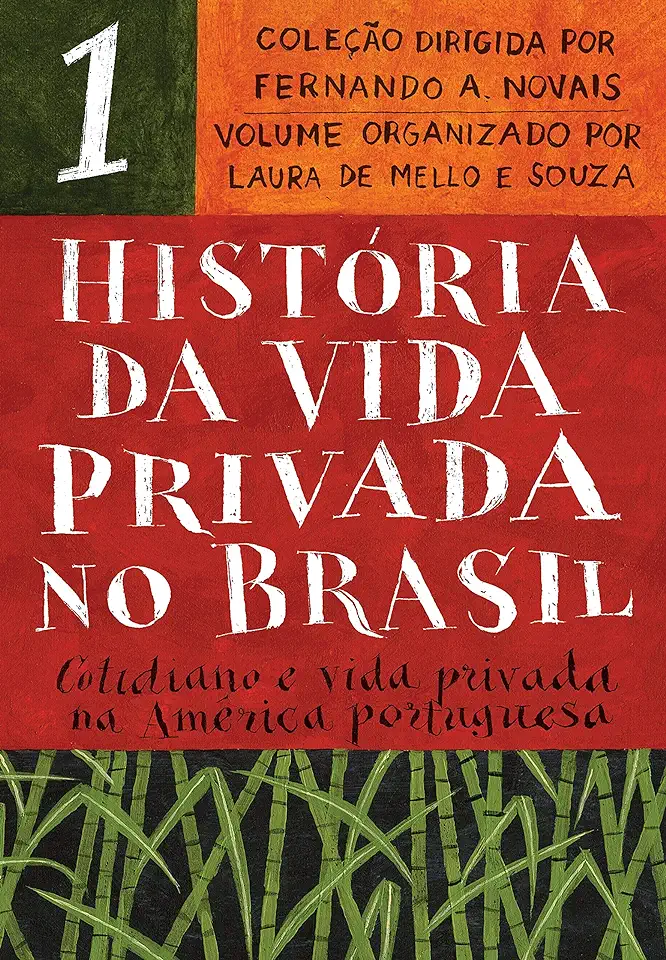
A History of Private Life: From the Roman Empire to the Year 1000
A History of Private Life: From the Roman Empire to the Year 1000
In this monumental work, Philippe Ariès explores the evolution of private life in Western Europe from the fall of the Roman Empire to the year 1000. Drawing on a wide range of sources, including literature, art, and archaeology, Ariès paints a vivid picture of the changing nature of family life, love, sex, and death.
The Roman Empire
The Roman Empire was a highly stratified society, with a sharp divide between the wealthy elite and the masses. The upper classes lived in large, luxurious homes, while the poor often lived in crowded, unsanitary conditions. Marriage was seen as a social and economic contract, and divorce was relatively common. Sexual relations were relatively free, and homosexuality was tolerated. Death was a common occurrence, and funerals were often elaborate affairs.
The Middle Ages
The Middle Ages saw a number of significant changes in private life. The rise of Christianity led to a new emphasis on chastity and monogamy. Marriage became a sacrament, and divorce was no longer permitted. Sexual relations outside of marriage were considered sinful, and homosexuality was condemned. Death was seen as a punishment for sin, and funerals were often somber affairs.
The Carolingian Renaissance
The Carolingian Renaissance was a period of cultural and intellectual revival in the Frankish Empire. This period saw a renewed interest in classical learning, and a number of new works of literature and art were produced. The Carolingian Renaissance also saw a number of changes in private life. The upper classes began to live in more comfortable and luxurious homes, and they began to place a greater emphasis on privacy. The family became more important, and children were increasingly seen as a source of joy and pride.
The Feudal Age
The Feudal Age was a time of great social and political change. The rise of feudalism led to a new social hierarchy, with the nobility at the top and the serfs at the bottom. The family continued to be important, but it was increasingly seen as a unit of production. Children were often expected to work from a young age, and they were often married off at a young age.
The High Middle Ages
The High Middle Ages was a time of great economic and cultural growth. The rise of the cities led to a new urban culture, and the emergence of the merchant class led to a new social mobility. The family continued to be important, but it was increasingly seen as a unit of consumption. Children were increasingly seen as a source of wealth and status, and they were often educated in the hopes that they would one day become successful.
The Conclusion
In this monumental work, Philippe Ariès has provided a comprehensive and insightful history of private life in Western Europe from the fall of the Roman Empire to the year 1000. This book is a must-read for anyone interested in the history of the family, love, sex, and death.
Why You Should Read This Book
- A History of Private Life is a fascinating and informative look at the evolution of private life in Western Europe from the fall of the Roman Empire to the year 1000.
- The book is based on a wide range of sources, including literature, art, and archaeology, and it provides a vivid picture of the changing nature of family life, love, sex, and death.
- A History of Private Life is a must-read for anyone interested in the history of the family, love, sex, and death.
Enjoyed the summary? Discover all the details and take your reading to the next level — [click here to view the book on Amazon!]